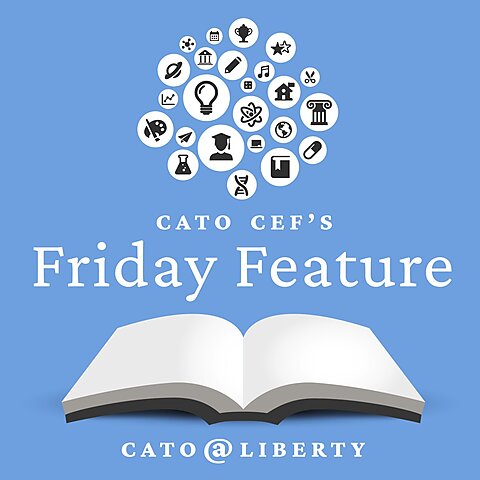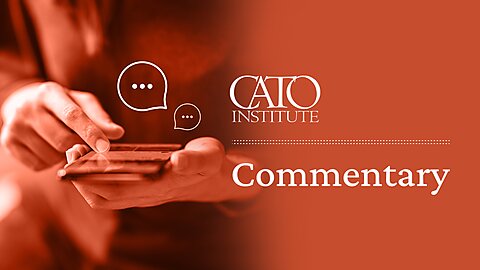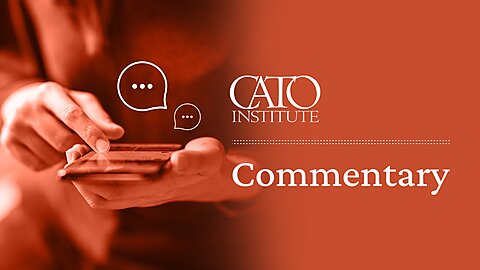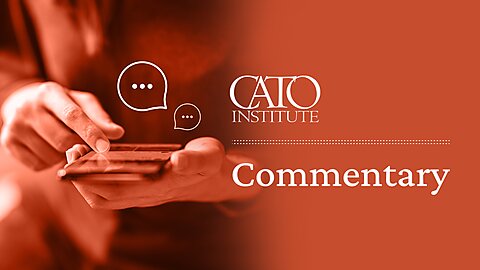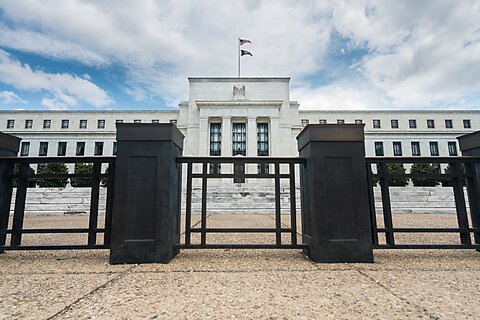Under the Supreme Court’s commercial speech jurisprudence, businesspeople do not check their First Amendment rights at the gate when they enter the marketplace. In a significant application of this principle, a panel of the Ninth Circuit ruled in November that California may be barred from requiring businesses to “disclose” through labeling scientifically dubious and misleading allegations about their products.
The case arose under California’s unique and burdensome Proposition 65, which I’ve written about many times. Prop 65 requires merchants to post warnings, on labels or public spaces at their business, against product exposures that could cause cancer or birth defects, a list that at various times has included such things as candles, fireplace logs, coffee, French fries, Christmas lights, hammers, billiard cue chalk, matches, grilled chicken, life‐saving drugs, brass doorknobs, car exhaust in parking garages, and on and on. “Practically speaking,” the law firm Sidley has noted, “Prop 65 creates an ‘over‐warning’ problem: The law requires warnings for so many products and situations that the warnings themselves become meaningless.” The law is jealously guarded, though, because most of the money from the resulting settlements goes to the lawyers, who form a potent Sacramento lobby against reform.
The dispute at hand arose because California law requires that a warning appear if a substance has appeared as probably cancer‐causing on the list of the International Agency for the Research on Cancer (IARC), and that list includes the herbicide glyphosate, the subject of a huge volume of litigation in recent years. Significantly, both the federal EPA and California’s own environment agency have studied the issue and reached a different conclusion: glyphosate appears to be safe for humans. Agricultural groups sued to enjoin the state from enforcing the rule, resulting in the recent ruling in National Association of Wheat Growers v. Bonta.
The Supreme Court has laid out two levels of scrutiny for compelled commercial speech. The lower of the two levels, the so‐called Zauderer standard, provides that when a required label or other speech is “purely factual and uncontroversial” in its content, it need only be “reasonably related” to a substantial government interest and not “unjustified or unduly burdensome.” That’s a concession to the large volume of relatively uncontroversial labeling on matters like weights and measures, ingredient lists, nutritional content, and so forth. Regulators usually win under that standard. In cases where the content of the compelled speech is controversial or not purely factual, however, intermediate level scrutiny applies (the so‐called Central Hudson standard) in which case the rules must “directly advance” a “substantial” governmental interest, with the means chosen not being “more extensive than necessary.”
Two of the panel’s three judges found that glyphosate disclosure would inevitably flunk intermediate scrutiny; the district court had said that statements about glyphosate could not be deemed “factual” if they are false, nor would such publication advance a substantial governmental interest. On appeal, the dissenting judge on the panel would have sent the case back to see whether there might not be ways to couch a label carefully so as to fulfill the legal requirement without asserting anything non‐factual.
National Association of Wheat Growers v. Bonta is unlikely to spell a revolution in regulation, so long as agencies pay attention to what is factual and what is not in the speech they require. The endless list of putative hazards under Prop 65, however, does include more than a few products and substances for which a court might find a required warning of cancer or birth defects to be absurdly misleading or non‐factual. That’s yet another reason a rational California legislature would revisit, and roll back, this bad law.

